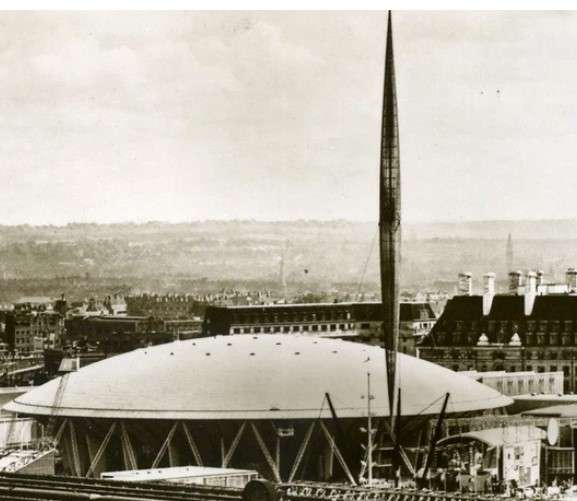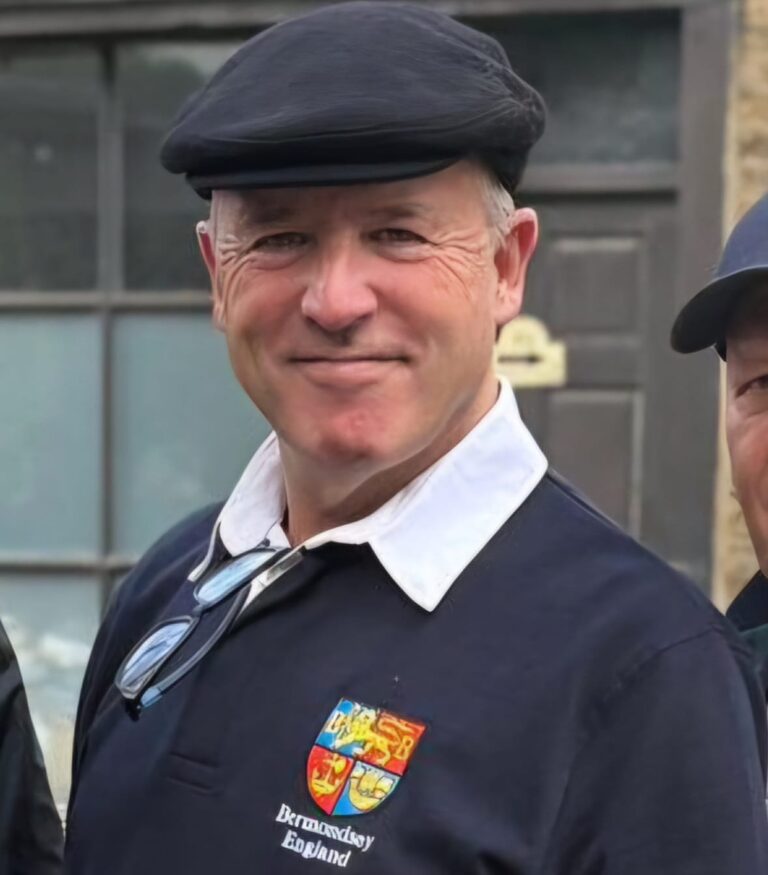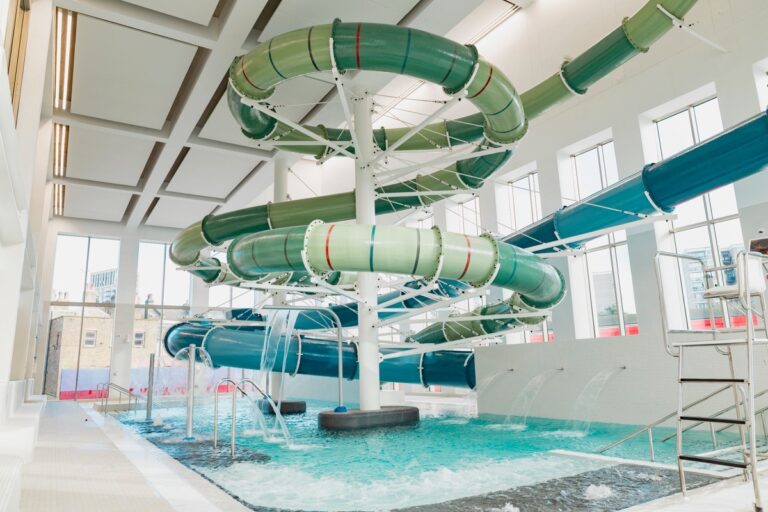I was turning over in my mind this morning what I will do for next week’s article and I was thinking over the options of what I could do and save the next article on the old water works for another week at least – don’t want to bore you with too much water!
Then what flashed up on my screen was a posting from blogger Murky Depths. It said that Greenwich council was considering closing Kidbrooke School. What?
Surely you don’t close down a huge secondary school without saying a lot about it first! And anyway it’s now an ‘academy’. It seems to now be the ‘Halley Academy’ but it was the ‘Corelli Academy’, which means, I think, that the Council can’t just decide to close it down.
Well, then I read on – and learnt that it isn’t the secondary school which is under consideration for closure but a primary in the Kidbrooke area. But it got me thinking.
Some years ago I had been involved in looking at the history of the old Kidbrooke comprehensive. I had found an article in a magazine – ‘Festival Times’ 2001 – all about the Festival of Britain and it said that part of the original roof of the Dome of Discovery was re-used in the roof of a Greenwich School.

It quoted a letter from a ‘lady living in Surbiton’ – she said that in 1952 when she was a 13-year-old living in Kidbrooke, her school had a new semi-circular hall which was built using the roof from the Dome of Discovery”. It was assumed she was talking about the new girls’ comprehensive – but if there another school in the Kidbrooke area which had a new hall in the early 1950s please tell us about it.
As an 11-year-old, me and my friend went twice on our own all the way up to the South Bank from Gravesend on the train to see the main Festival Exhibition. It was great – the new designs, the art and the ambiance were bright, interesting and different.
There was the old in a model of the Crystal Palace singing the Hallelujah Chorus, and there was Alice on her way through the looking glass – and there was also the first jet engine. Lots and lots of things and all of it new and so exciting. I might go on about it all again later.
This article is about the Dome of Discovery which was this iconic round structure and along with the Skylon it was the sort of logo for the Festival. The Skylon was a ‘futuristic-looking, slender, vertical, cigar-shaped steel structure’ which stood next to the Dome of Discovery.

When it was built in 1951 The Dome of Discovery was the largest dome in the world and it was made out of aluminium. Inside were galleries with exhibitions on the theme of ‘discovery’.
Like its successor of 2000 on our Peninsula it suffered constant hostile press stories. Reading the history of the structure today – and the many commentaries on the Festival and its contribution to architecture and design– the role of the structural engineer is stressed.
Individuals are mentioned – bright young people, who had had opportunities in wartime and who learnt skills and went on to create companies with an international reputation.
So Kidbrooke School. Did they use the remains of the Dome of Discovery in the school roof? I don’t think so – none of the dates fit anyway.
The school hall was actually planned before the Festival of Britain and although it has been compared with the Festival Hall – rather than the Dome – both in style and scale. It is easy to understand how the story of the recycled roof began.
So if I don’t think the story of the Dome and the School is true – then why am I bothering with it?
It’s because I think there is something else very interesting here.
In 2001 when I first came across this story I contacted the school and went with a friend to visit. And I appreciate that the school has completely new management now and I hope they don’t mind me writing this. But I would really like to thank the people we met at the school some twenty years ago or the amount of time and attention they gave to a couple of time-wasting historians.
They not only let us look at the vast scrapbooks they held but also they were just really nice to us and talked to us. So thank you to the previous administration at Kidbrooke School.
The school was really nothing to do with the Festival but, along with the story of the beams, it has something to say to us about the early 1950s. It was the first purpose built comprehensive school, originally for girls only. It was on a scale not seen before – for 2,000 girls and with a huge range of special features.
It is fascinating to read the hostile stories in the press when the school opened in 1954 and the constant barrage of critical stories in the contemporary tabloids. Nevertheless the building has survived and still has a school in it – and along with the educational ideas behind it, it has been seen as an innovative example of early 1950s architecture and practice.
In the scrapbooks were all sorts of stories and numerous articles from the technical press of the day detailing the construction methods and materials. The roof had been designed by Charles Pike in reinforced concrete. The metal framework was covered with plywood then concrete and copper plating.

It was the largest curved roof of any building in Europe. The copper domed school hall stood out above the surrounding suburban housing and the integrity of the underlying design shone through. But it’s not like the Dome of Discovery at all…
A series of articles were written about the school roof by B.K. Chatterjee, who was one of the engineers involved. When I first wrote this article I asked who he was. Surely work by an Asian engineer on such a major building must have been unusual at the time? I came up with nothing about him at all.
I have since discovered that the civil engineering firm we generally call ‘Ove Arup’ was involved in the construction of the school. I found that B.K. Chatterjee was one of their team who worked on Coventry Cathedral. The trouble is I have two conflicting findings – and I’m not sure if I have two people with the same name or not.
In the Kidbrooke School scrapbook is a 1954 article from a Calcutta newspaper about an Indian engineer who has worked in England on the ‘new wonder school’ and expresses the hope Mr Chatterjee will soon return to Calcutta to lead a team of Indian engineers to work on similar structures in India.
I also found an article from 1954, one thing on the net about a B.K. Chatterjee which says that ‘Mr B.K. Chatterjee, B.Sc (Eng) M,Sc Eng. (London) has left England to take up a position in Calcutta where he is to organise and lead a team of Indian engineers for the design and erection of prestressed concrete and reinforced concrete shell structures’.
This sounds like an important person and there are numerous references on the net to learned papers and articles in which he is mentioned or has authored himself as well as comments on his work and its importance.
However a friend who worked for Ove Arup remembered a B.K. Chatterjee – but the person he knew was not a young man and who apparently stayed in this country, was still with the firm in the 1970s and was not nearly so high powered.
He was known in the office as ‘Chat’ and was a structural engineering draughtsman in Arup’s Structures Division One. My friend remembers ‘an amiable mature Indian, always smartly dressed in a suit and waistcoat… he worked on the Barbican Arts Centre, which was one of our larger jobs, along with several district general hospitals and much else. He was of an age to have worked on the Kidbrooke School scheme in the early 1950s and of course he could have worked on Coventry Cathedral a decade later’.
I ought to get back to the Festival of Britain and the ‘Dome of Discovery. By the time the exhibition closed in 1952 there was a new government which didn’t like the Festival at all – in particular they didn’t like the Dome of Discovery, or the Skylon. Orders from the Prime Minister were to get rid of it all as quickly as possible.
There has been a lot of speculation as to what happened to it – including that it was thrown into the River Lea – like the Euston Arch.
In 2011 there was a whole BBC programme investigating what had happened. Apparently both the Skylon and the roof of the Dome of Discovery had been sold to Cohen, scrap metal dealers, and been dismantled at their works in Canning Town.
When I published my original article about the Dome of Discovery I was contacted by someone I vaguely knew – the late John Allen. He had been the Site Engineer on the Dome of Discovery, aged 24, and he said that the important sections from the Dome were stored in his attic. I wonder where they are now?
Of course we have reminders of the Dome of Discovery and the Skylon every day here in Greenwich with some of the design features of the Dome – aka O2. There has been quite a bit written about this and quite right too. They all say that the architect was Richard Rogers.
So let’s see what the architect Mike Davies had to say in the Guardian in March 2015 about his work on the Dome.
“I was also inspired by my first architectural memory, of visiting The Festival of Britain aged nine. The Skylon was pure magic, the most elegant structure ever built. I still don’t think it’s been beaten. And the props on the Dome of Discovery had an exciting, space-age feel too. That was my generation: we were all reading the Eagle, it was a futures-oriented world. In 2000 our own Dome should have captured some of that optimism.”
So – from the Dome of Discovery to the 02 – adding in Kidbrooke School. It was all part of this brave new world of the very early 1950s? And I hope someone eventually definitely identifies Mr. Chatterjee.
Thanks: Kidbrooke School staff in 2000, Michael Bussell, the late John Allen, Bob Carr.






